Category: National Center for Environmental Health
Keep Your Cool in Hot Weather
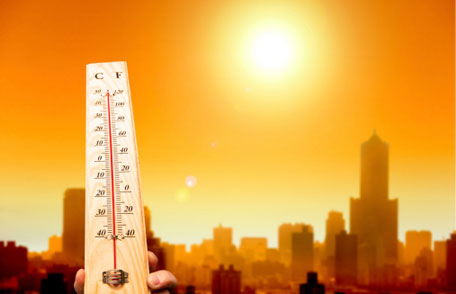
Learn about heat-related illness and how to stay cool and safe in hot weather. Now is the time to prepare for the high temperatures that kill hundreds of people every year. Extreme heat caused 7,415 heat-related deaths in the United States from 1999 to 2010 . Read More >
Posted on by Leave a commentProtect Yourself from UV Radiation: in the summer months and beyond

Fun in the sun will be on everyone’s list of things to do during the spring and summer months, but these are not the only times you should practice protective measures. Read More >
Posted on by Leave a commentNew interactive CASPER map makes it easier to tap into the experience of others

To Tap into the Experience of Others Are you a public health practitioner who focuses on environmental disaster preparedness, or health assessment after an event? If so, take advantage of a new Web-based Interactive Map of CASPERs. Read More >
Posted on by Leave a commentYour Parks Are Protecting You—Are You Protecting Your Parks?
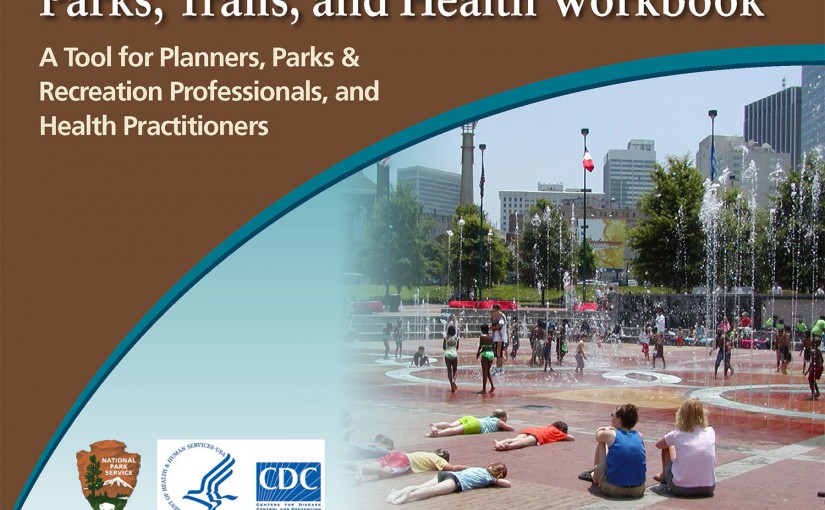
In an increasingly urban world, parks, trails, and community green spaces offer benefits for health and wellbeing. As you enjoy these areas, remember that parks cannot protect themselves. CDC’s Healthy Community Design Initiative (www.cdc.gov/healthyplaces) and the National Park Service Rivers, Trails, and Conservation Assistance Program (www.nps.gov/rtca) created the Parks, Trails, and Health Workbook. Planners, parks Read More >
Posted on by Leave a commentHurricane Readiness
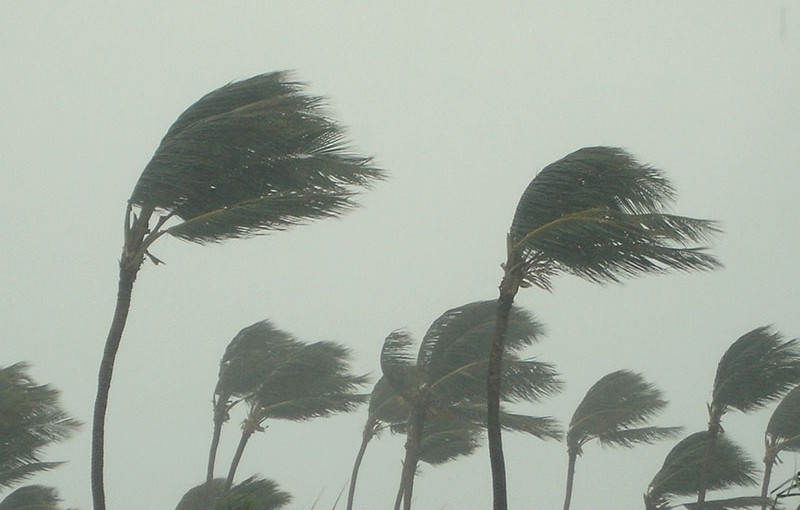
You can’t stop a tropical storm or hurricane, but you can take steps now to protect yourself and your family. If you live in coastal areas at risk, the Centers for Disease Control and Prevention (CDC) encourages you to begin preparing yourself for hurricane season. The Atlantic hurricane season is June 1 through November 30 Read More >
Posted on by Leave a commentTake these important steps during a flood watch or warning.
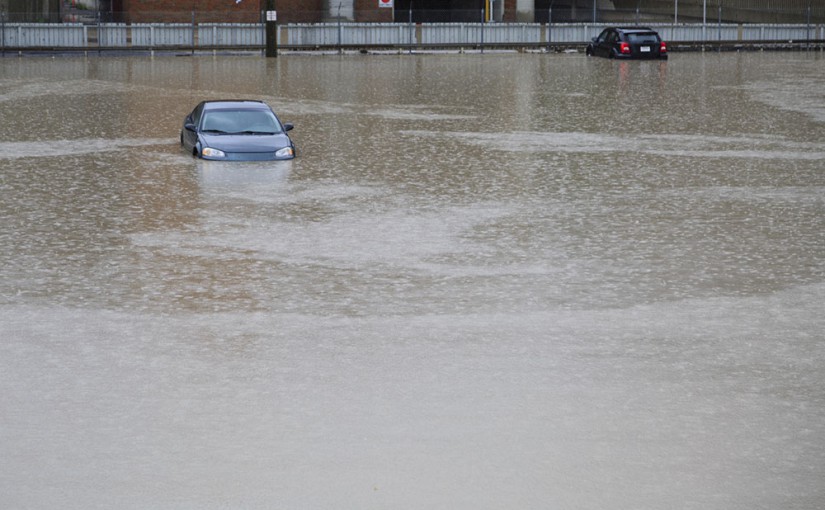
During a Flood Watch or Warning Gather emergency supplies. Listen to your local radio or television station for updates. Have immunization records handy (or know the year of your last tetanus shot). Store immunization records in a waterproof container. Fill bathtubs, sinks, gallon jars, and plastic soda bottles so that you will have a supply Read More >
Posted on by Leave a commentSpring weather can be unpredictable. Reduce injury risk and plan ahead.
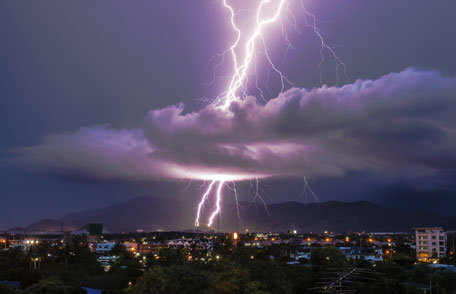
Spring is the time of year when many things change—including the weather. Temperatures can swing back and forth between balmy and frigid. Sunny days may be followed by a week of stormy weather. Read More >
Posted on by Leave a commentToday’s the day to start thinking about air quality
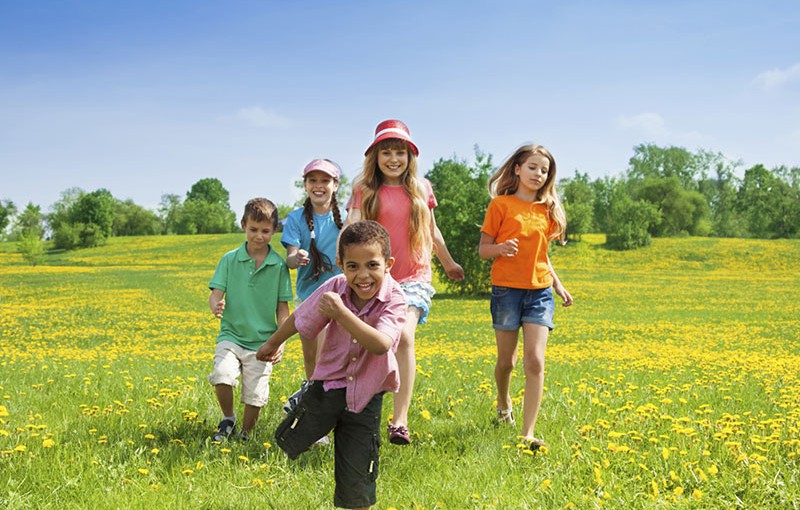
Air quality can impact your health. What can you do? Pay attention to the Air Quality Index (AQI). The AQI is a tool that tells you when high levels of air pollution are predicted and tells you how air pollution affects your health. Finding the AQI is easy. It’s on the Web, on many local Read More >
Posted on by Leave a commentWhen a natural disaster strikes, can public health respond effectively?
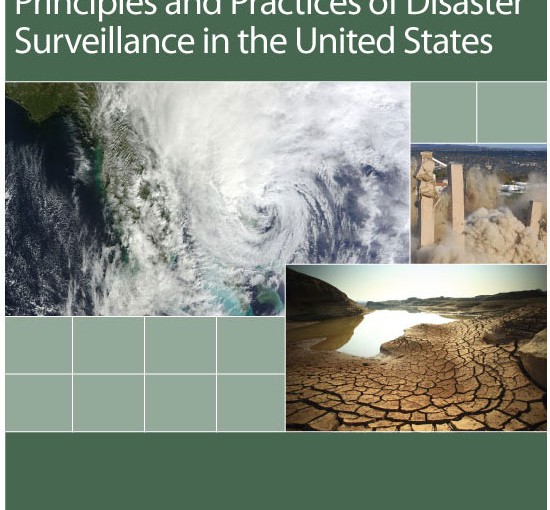
New primer shows how disaster surveillance can make all the difference. During April 25-28, 2011, a massive storm system generated 351 tornadoes that whipped through five southern states, causing 338 deaths, leaving behind historic levels of damage to people’s homes and businesses. Read More >
Posted on by Leave a commentHealthy Community Design

Your input on the design of your community can help make everyone happier and healthier. Your address can play an important role in how long you live and how healthy you are. The physical design of your community affects your health every time you step out your front door. Sometimes making healthy choices is not Read More >
Posted on by Leave a comment
